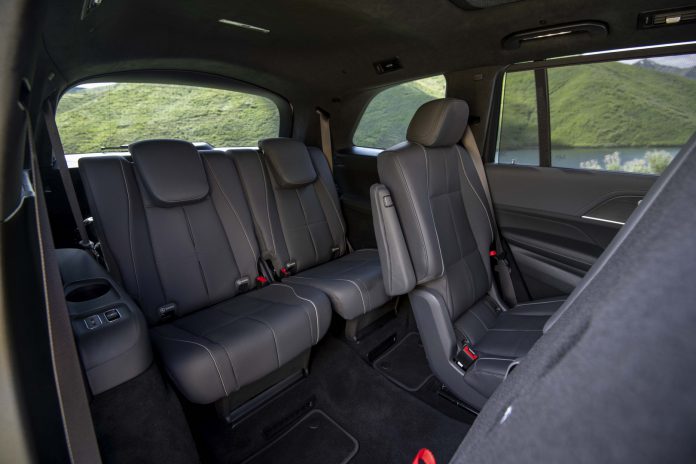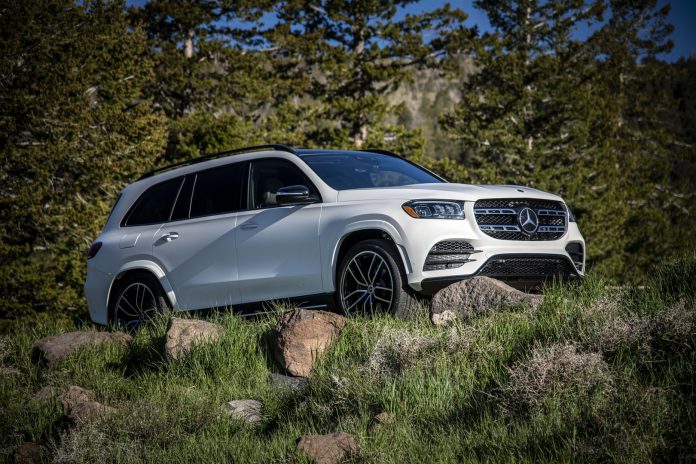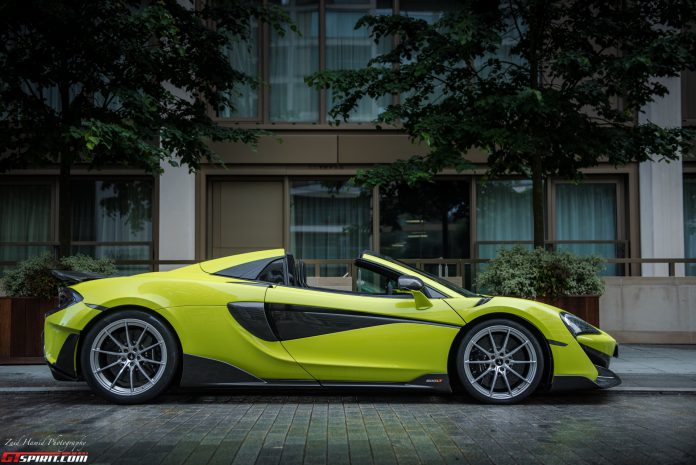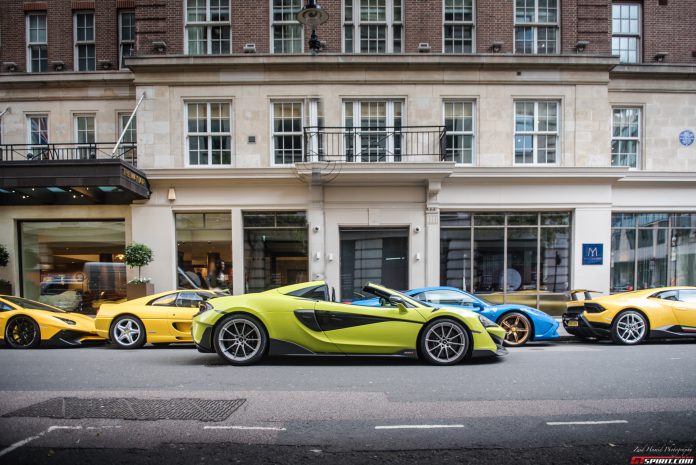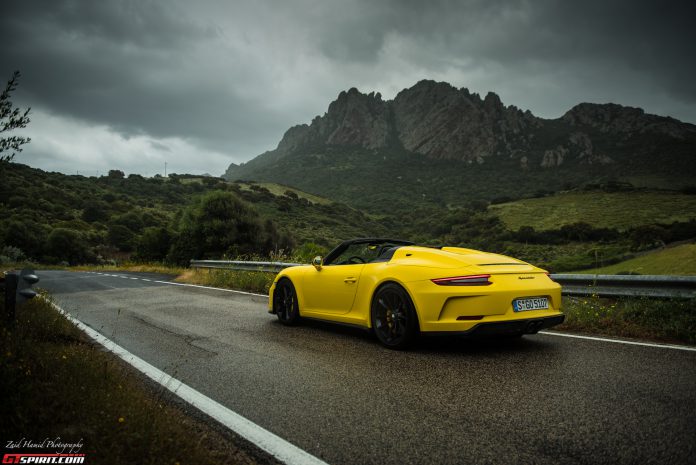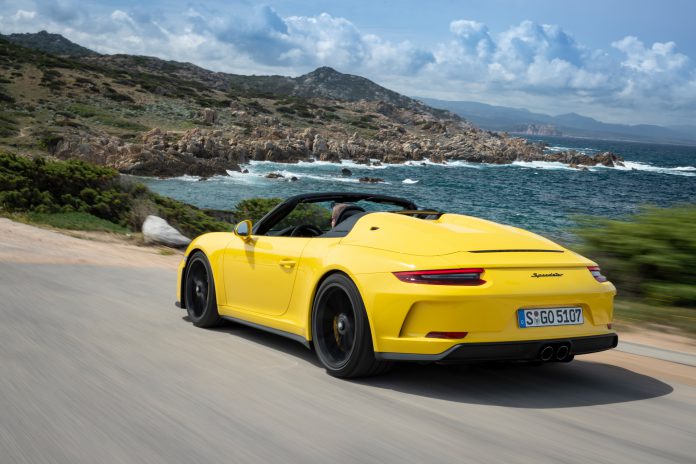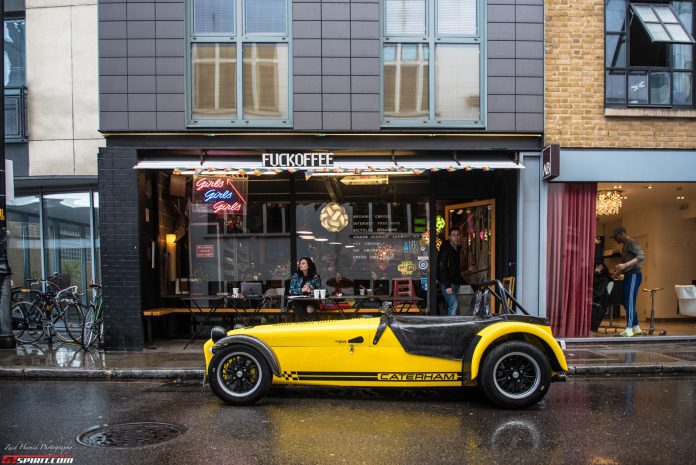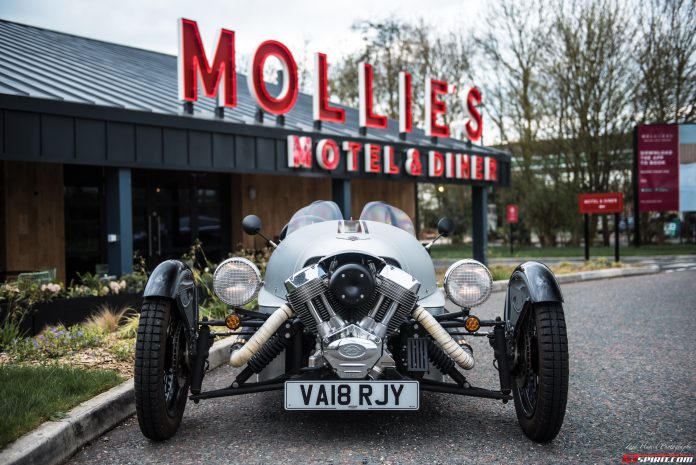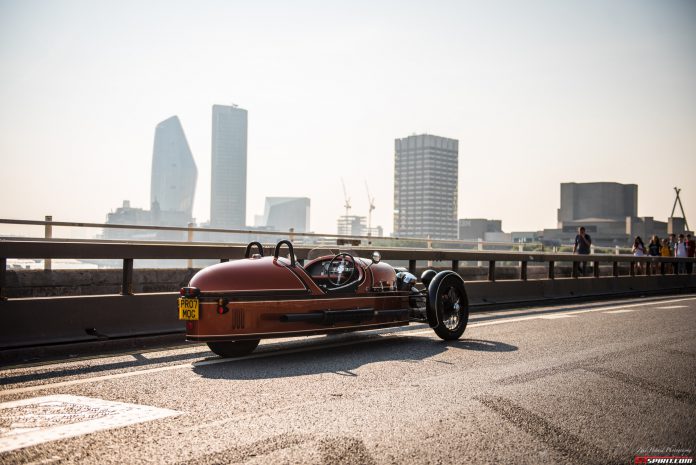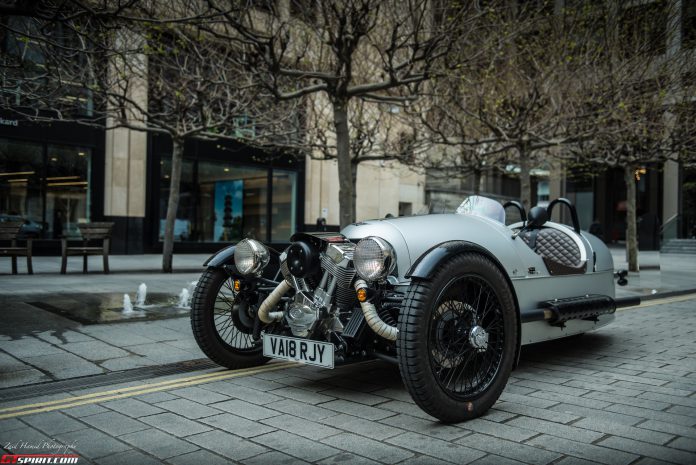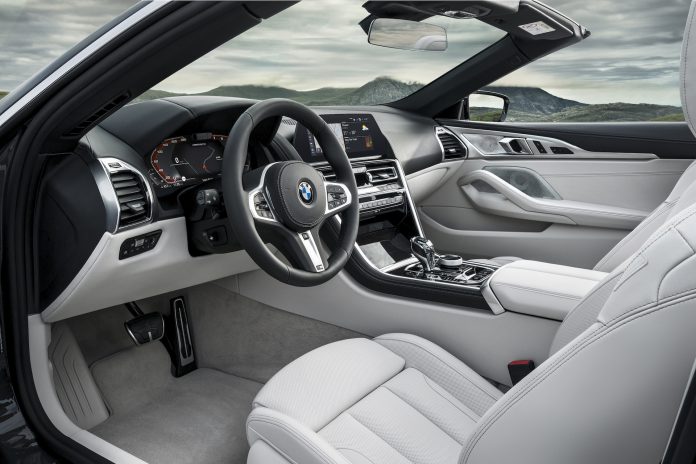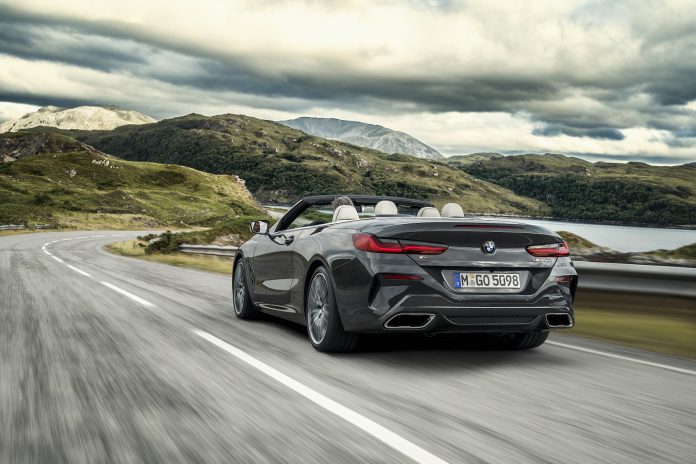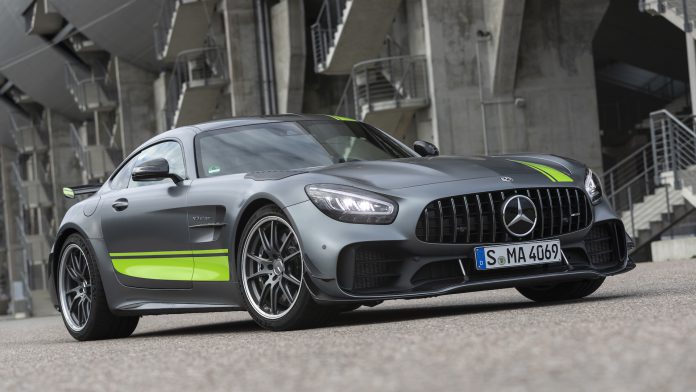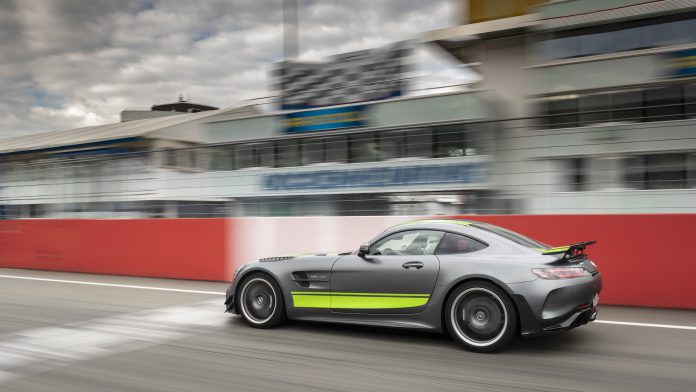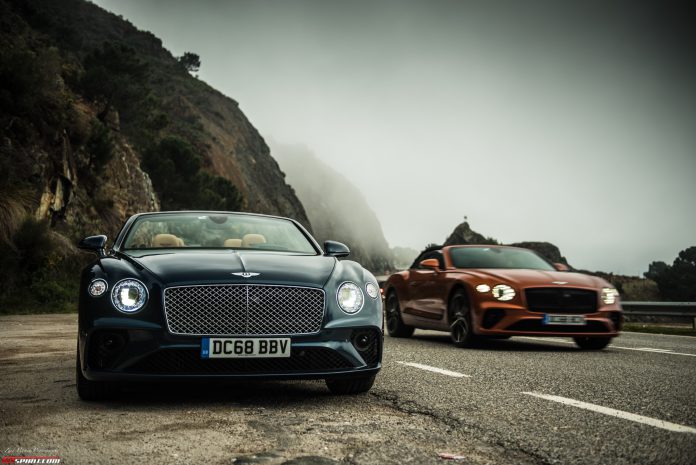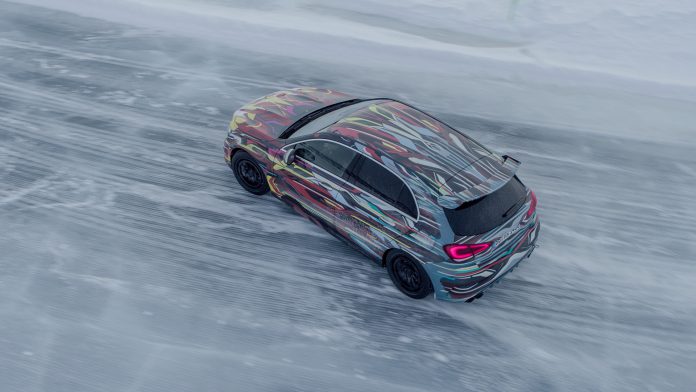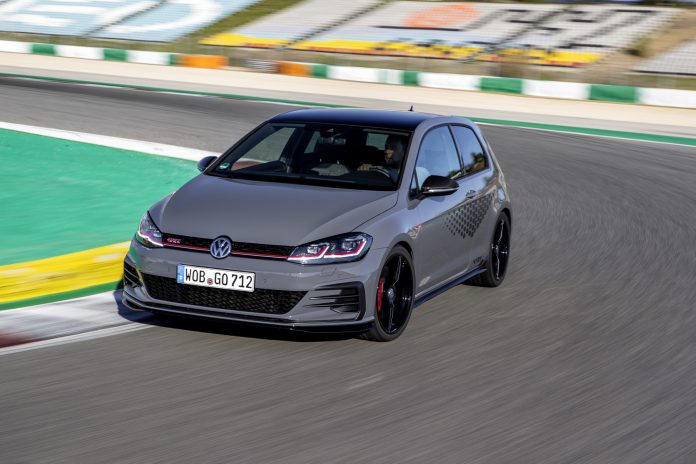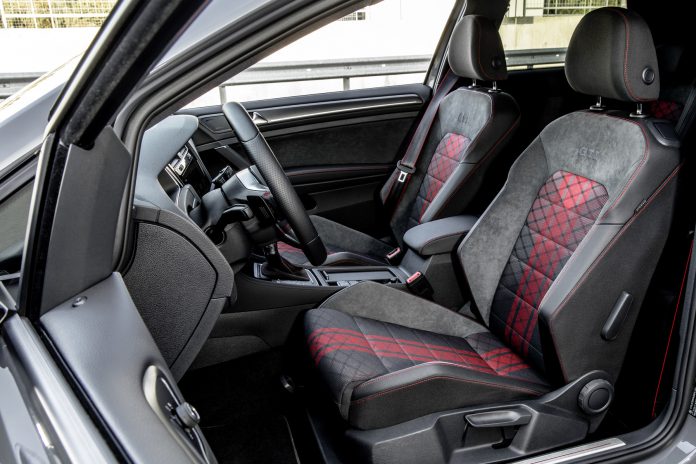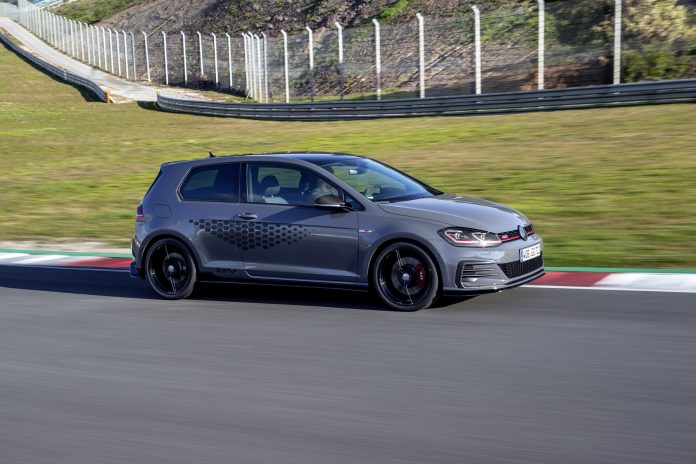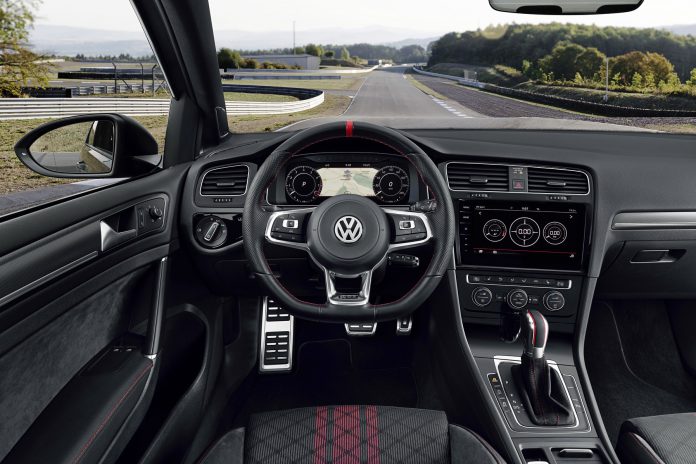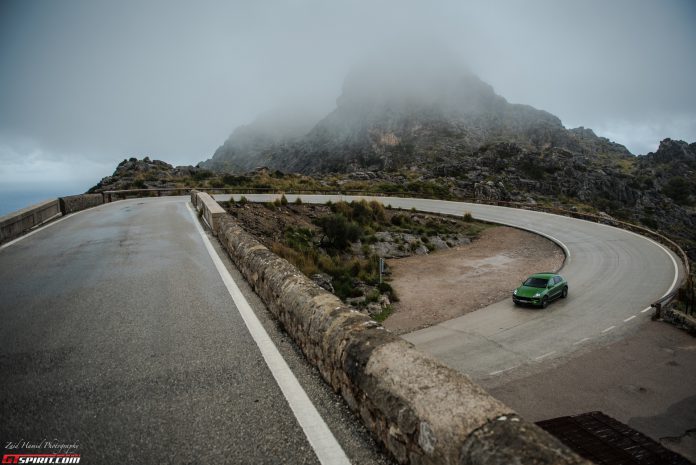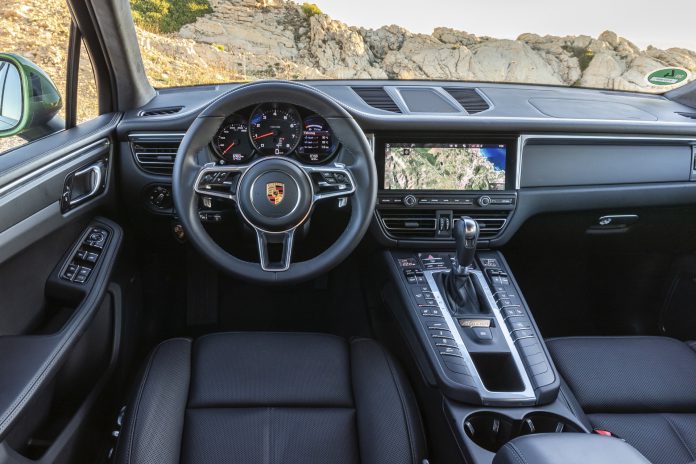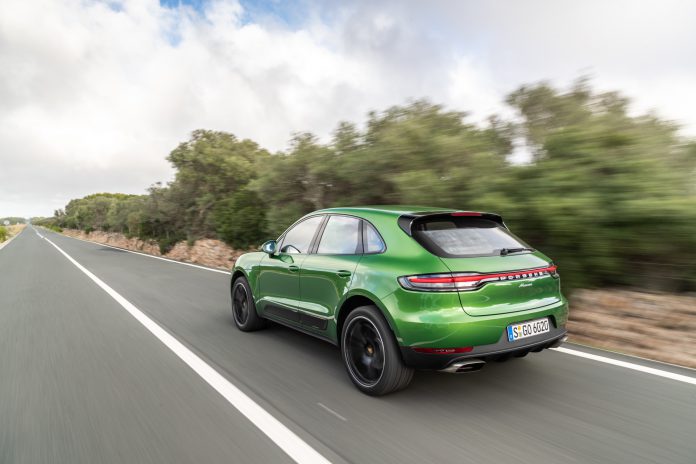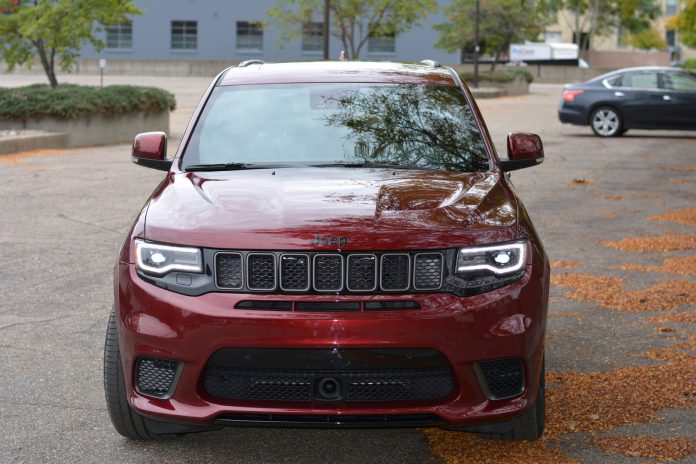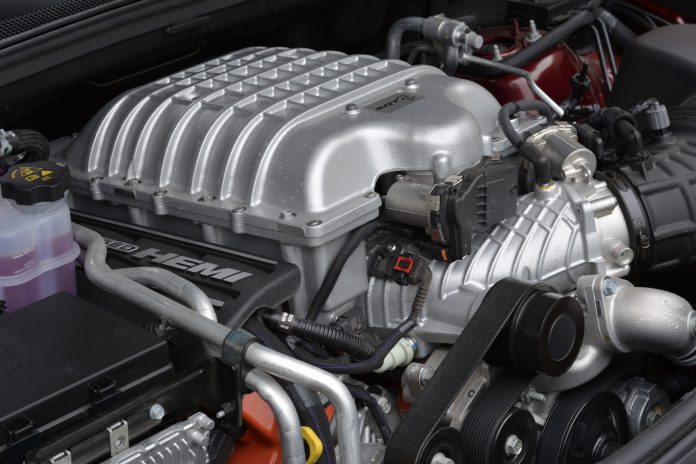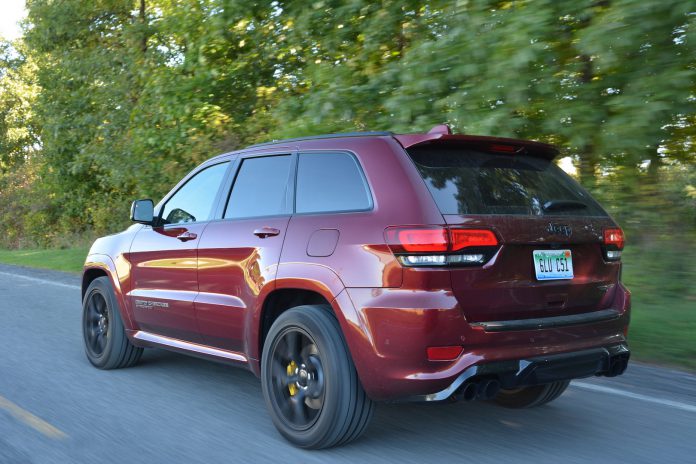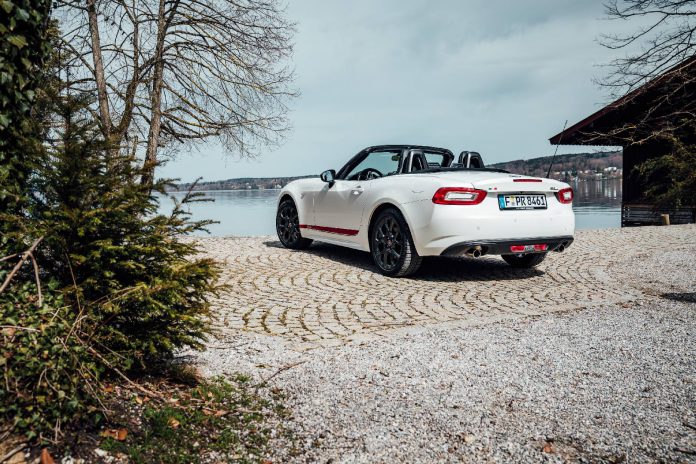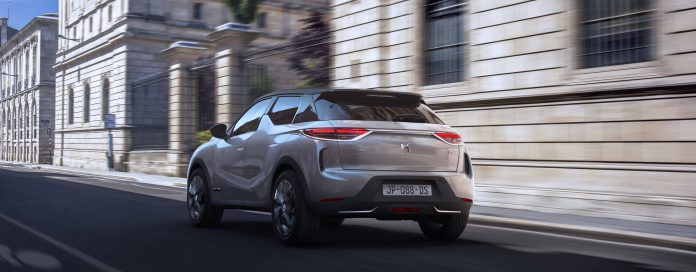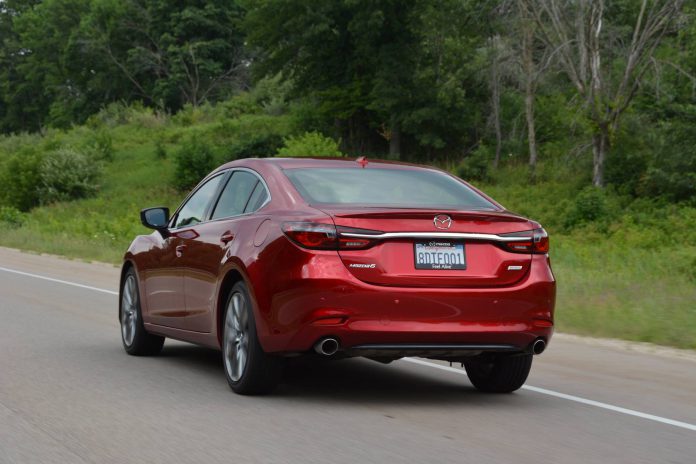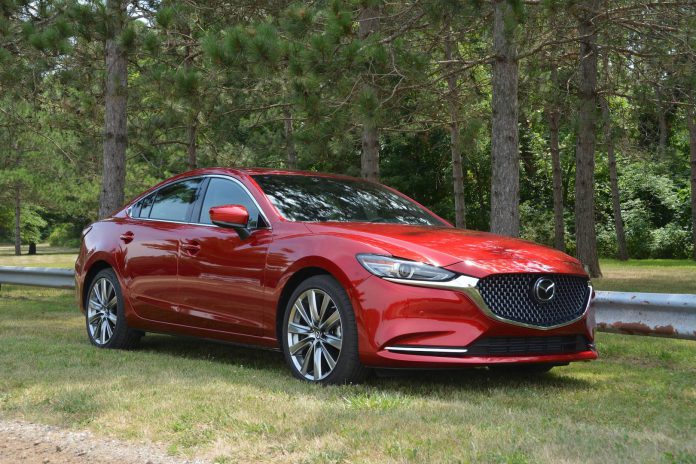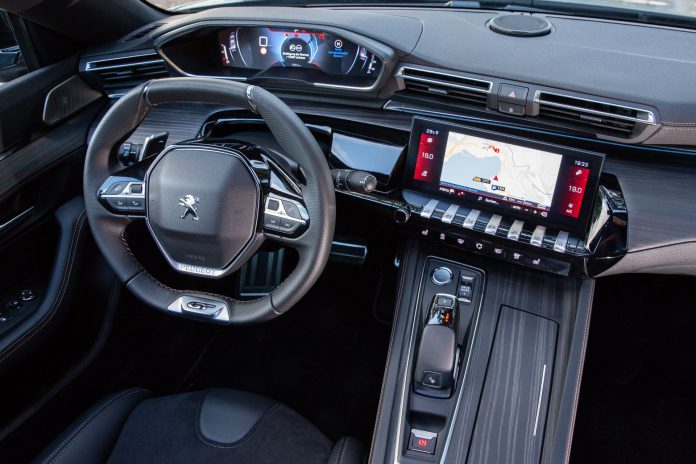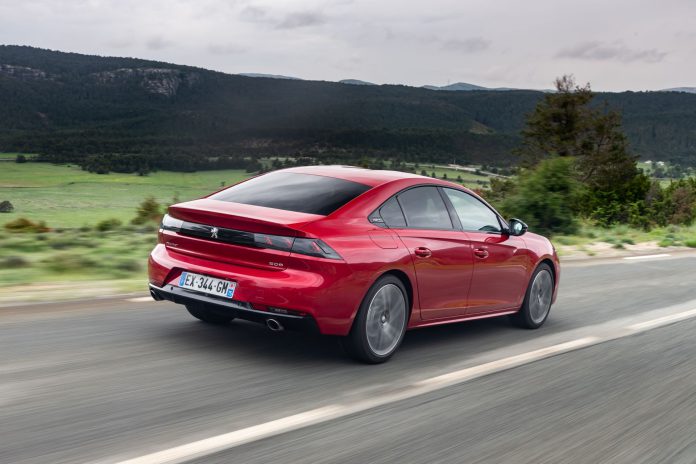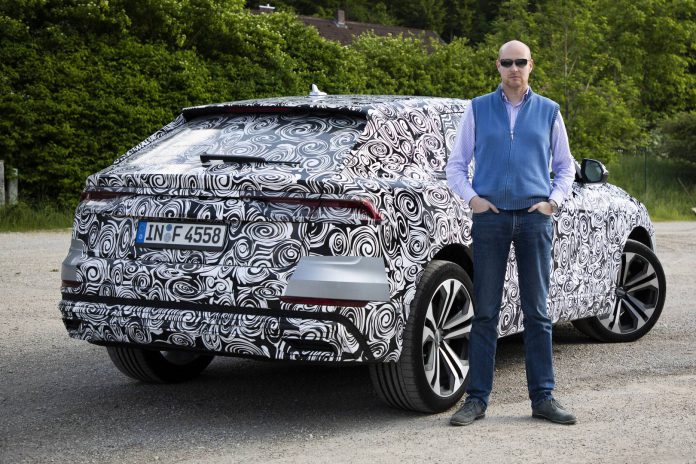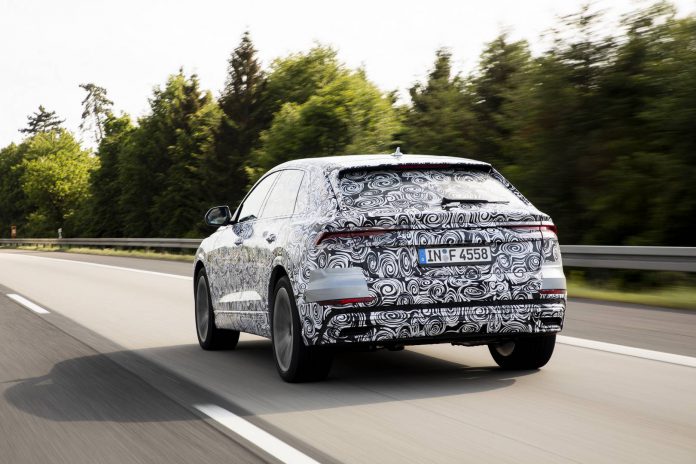2020 Mercedes-Benz GLS Review
The third generation of the Mercedes-Benz GLS flagship SUV celebrated its debut in New York. As a nearly all American affair we had the opportunity to test the 2020 Mercedes-Benz GLS 580 4Matic in Utah.
Nearly two thirds of all Mercedes-Benz GL and GLS models built since its first introduction in 2006 have been sold in the United States. I once dubbed it the ‘Beverly Hills Golf’ as the GLS is more common in Beverly Hills than a Volkswagen Golf in an average town in Germany.
The new Mercedes-Benz GLS will roll off the line in Tuscaloosa with four different engines. The entry-level 3.0 liter six cylinder diesel engine is tailored to the European market and meet the strict 6d emission standard. As a GLS 350d the engine delivers 286hp and 600Nm of torque. As a GLS 400d it delivers 330hp and 700Nm of torque. Outside of the Europe the new GLS is also available with a electrified petrol engine. This 3.0 liter six cylinder engine produces 367hp and 500Nm of torque. Thanks to 48V technology it can give extra 250Nm and 22hp of electric boost over short periods.
The main innovation and highlight of the new Mercedes-Benz GLS range however is the GLS 580 4Matic. As the world’s first electrified petrol V8 this 4.0 liter engine produces 489hp and 700Nm of torque with an additional 250Nm and 22hp boost available. 0-100 km/h is done in a respectable 5.3 seconds and the top speed is limited to 250 km/h. The 48V system with integrated starter generator allows for energy recuperation and powers things like the water pump and air-conditioning.
We had the opportunity to test and review the capabilities of the new GLS in Utah on the road as well as off-road. The first thing you will notice when you start the 4.0 V8 in the GLS 580 4Matic is that is significantly quieter than the 4.0 V8 found in the G500. Clearly the GLS 580 is trimmed for comfort rather than sportiness. Also in its power delivery it is quite linear and not as fierce as a non-electrified V8. I’m quite a turbo fan so I found characteristics a bit underwhelming. It is faster than it feels and it is easy to underestimate the speed at which you are traveling in the new GLS.
The last generation GLS was not worthy to be considered a SUV version of the S-Class as it lacked comfort and luxury. Mercedes-Benz changed that fundamentally with the new GLS. It is equipped with virtually every thing you can wish on the luxury front including individual rear seats with seat cooling and massage function. The new E-Active Body Control – which I hope they rename to something cool and easy to remember like Flying Carpet Suspension – is amazing and adds a whole new dimension to passenger comfort as well as driving dynamics. In comfort and eco driving modes it filters out nearly every bump and hole in the road. Switch to curve mode and the car leans into the corner as if you are on a jetski. But switch to Sport or Sport+ and the electronically controlled system reduces body roll of the massive SUV to a bare minimum.
Inside the GLS is available as 6- or 7-seater version with a lot of convenient options. The seats on the second and third row can be adjusted or folded electronically. The third row can have its own climate controls with air vents in the ceiling. The 6-seater setup with two individual rear seats is standard in the US and makes it a lot easier to access the third row.
In the front the cockpit is dominated by two large screens which provide all relevant driver information and infotainment. The design mimics that introduced on the GLE including the really annoying low position of the start / stop button at the spot where normally my right knee would be. That issue aside the rest of the ergonomics and usability are very good and leave little to be desired.
What so spec?
Planning to get a GLS and not sure what to spec? Here are a few things we would recommend!
– E-Active Body Control – The Airmatic air suspension is not bad but the e-active body control takes ride comfort and driving dynamics to a whole new level. An absolute must.
– Driver Assistance Package – Includes a range of driver assistance systems that make driving safer and more relaxing. Includes adaptive cruise control and lane assist with a range of advanced features like assistance in stop and go traffic, automatic adapting to the speed limit and active brake assist.
– Panoramic Sunroof – Normally I’m not a fan of the small hole in the roof that car manufacturers call a sunroof but the nearly all glass roof of the GLS adds a lot of light to the interior.
What about the competition?
Mercedes-Benz clearly set a new benchmark in the 7-seater SUV segment but in the ultra-luxury SUV market there are a few other contenders to be considered.
The Bentley Bentayga and Rolls-Royce Cullinan are both a lot more expensive than the top of the range SUV from Mercedes-Benz. For that extra buck they provide finer materials, more exclusivity and more personalization. However they cannot match the comfortable driving dynamics and the infotainment system of the GLS.
The two direct rivals include the Audi Q7, which feels a bit dated already, and the BMW X7 which launched last year. The X7 offers a very similar package to the GLS but cannot quite deliver the same level of innovation and luxury as the GLS.
Conclusion
The new Mercedes-Benz GLS sets a new benchmark in the segment. For the first time it is a true SUV version of the S-Class with all luxury possible. The E-Active Body Control is an incredible piece of engineering that takes comfort and driving dynamics to unexpected new levels. The new electrified 4.0 V8 in the GLS 560 on the other hand is not quite as sporty as I had hoped which leaves me with a strong craving for a GLS 63 AMG.

